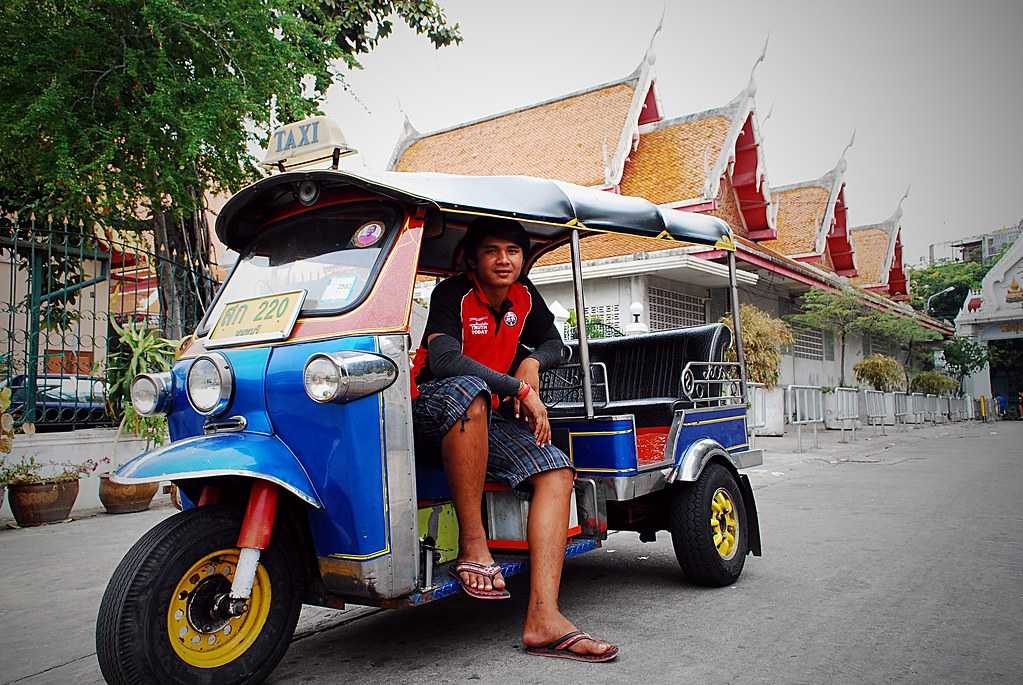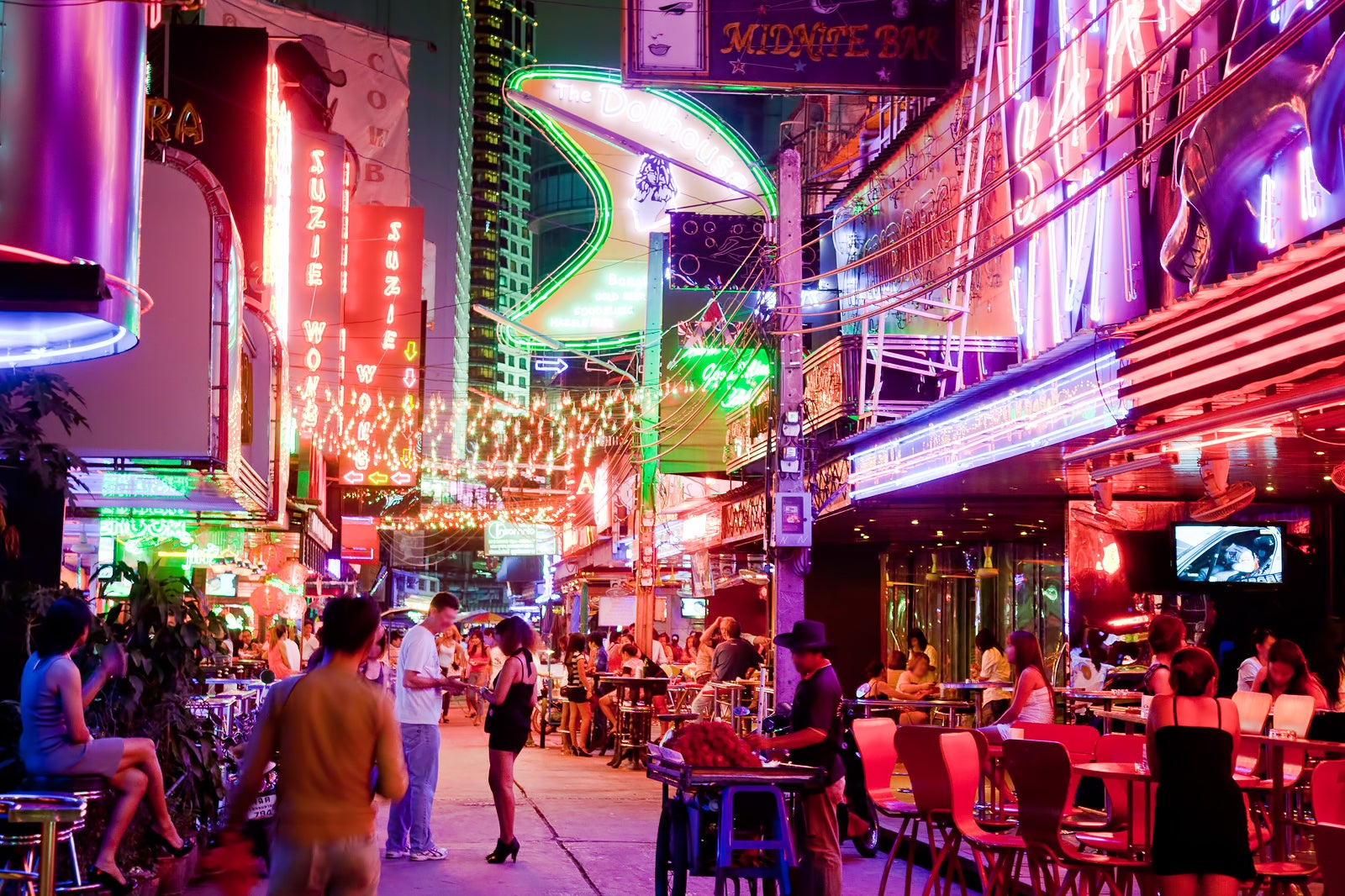Cost of living in Thailand and the Philippines is similar, but Thailand is a bit pricier, particularly in healthcare and education.

Cost of Living Metrics
In this section, we will discuss the essential metrics that offer insights into the cost of living in both Thailand and the Philippines. We will look at currency value, average monthly expenses, and inflation rates.
Currency Value
- Thai Baht vs. Philippine Peso: The currency used in Thailand is the Thai Baht, while the Philippines uses the Philippine Peso.
- Exchange Rates: As of this writing, 1 US Dollar is roughly equal to 30 Thai Baht and 50 Philippine Pesos.
- Currency Strength: Knowing the value of these currencies in comparison to a global currency like the US Dollar can influence how far your money goes in each country.
Average Monthly Expenses
- City vs. Small Towns: In Thailand’s major cities like Bangkok, one can expect to spend around $1,000 to $1,500 per month. In the Philippines, cities like Manila require a similar budget. Moving to smaller cities can significantly reduce costs.
- Breakdown: This includes rent, food, transportation, and leisure activities among other things.

Inflation Rates
- Rate Comparison: Thailand has generally maintained a lower inflation rate compared to the Philippines.
- Impact on Purchasing Power: A higher inflation rate means your money buys less over time.
- Long-term Implications: This could impact long-term stays or investment plans in either country.
- Relevant Link: To understand inflation in more depth.
Housing and Utilities
In this section, we will go in-depth to examine the housing and utilities costs in both Thailand and the Philippines. We will cover three main aspects: Rent in major cities, utility costs, and the expense of internet and mobile plans.
Rent in Major Cities
- Bangkok vs. Manila: A one-bedroom apartment in the city center of Bangkok will cost around $600-$800 per month, whereas in Manila, you might be looking at $500-$700 for a similar arrangement.
- Second-Tier Cities: Smaller cities like Chiang Mai in Thailand and Davao in the Philippines offer significantly lower rents, typically ranging from $300-$500.
- Lease Terms: Typically, landlords expect at least a one-year commitment but short-term arrangements can sometimes be negotiated for a higher monthly rate.
Utility Costs
- Electricity, Water, and Gas: In Thailand, these basic utilities often cost around $50-$100 per month for a standard 85m2 apartment. In the Philippines, it’s generally a bit higher, around $70-$120.
- Air Conditioning: Given the tropical climate in both countries, air conditioning is almost a necessity and can add substantially to utility bills.
Internet and Mobile Plans
- Internet Speeds and Costs: Thailand generally offers faster internet with packages around $20-$40 per month. In the Philippines, expect to pay a similar price but often for slower speeds.
- Mobile Plans: Both countries offer a range of mobile plans. Unlimited data plans cost around $15-$30 per month in both Thailand and the Philippines.
- Relevant Link: For those interested in global internet speeds and costs.
Food and Groceries
In this section, we explore the culinary landscape of Thailand and the Philippines, focusing on the cost of groceries, dining out, and street food. We aim to give you an overall picture of what you can expect to spend on food in each country.
Cost of Groceries
- Staple Foods: In Thailand, rice, noodles, and vegetables are staples and generally cheaper than in the Philippines. The price for a kilo of rice might be around $1 in Thailand and $1.20 in the Philippines.
- Supermarkets vs. Local Markets: You can save more by shopping at local markets, but international supermarkets offer more variety at a slightly higher cost.
- Relevant Link: To understand more about food pricing globally.
Dining Out
- Restaurant Types: Both countries offer a range of dining options, from street-side eateries to high-end restaurants. A meal at a mid-range restaurant in Bangkok may cost around $15, while in Manila it would be around $20.
- Special Occasions: Fine dining is also more expensive in Manila than in Bangkok, with a three-course meal for two costing around $50-$70 compared to $40-$60 in Bangkok.
- Relevant Link: Here’s a Wikipedia link on restaurants for more context on dining out.
Street Food
- Affordability: Street food is incredibly affordable in both countries. A satisfying meal from a street vendor might cost around $1-$3 in both Thailand and the Philippines.
- Variety and Taste: Thai street food is globally renowned for its taste and variety. The Philippines also offers a variety of local favorites like Balut, Isaw, and Taho.
- Relevant Link: If you’re a street food aficionado, you might find this Wikipedia link interesting.
Transportation
Next, we delve into the cost and convenience of transportation options available in Thailand and the Philippines, covering public transport, taxis and rideshare services, and the pros and cons of vehicle ownership.
Public Transport
- Bangkok’s Skytrain vs. Manila’s LRT: Bangkok’s Skytrain is efficient but can be crowded. A monthly pass costs around $30. Manila’s Light Rail Transit (LRT) is less expensive but also less reliable, costing about $20 per month.
- Buses and Jeepneys: The Philippines has a unique form of public transport known as the “Jeepney,” which is an affordable option at less than $1 per ride. Thailand’s bus system is equally affordable but generally more organized.

Taxi and Rideshare Services
- Cost Comparison: Taxis and rideshare services like Grab are available in both countries. Thailand offers metered taxis that start at around $1, whereas in the Philippines, the starting rate can be $1.5.
- Availability: Taxis and rideshares are widely available in both countries but may vary in availability depending on the city or time of day.
Vehicle Ownership
- Cost of Cars: Cars are generally more expensive in the Philippines due to higher import taxes. In Thailand, you can get an entry-level car for about $20,000, while in the Philippines, a similar car could cost $25,000.
- Fuel Costs: Gasoline prices tend to be cheaper in Thailand compared to the Philippines.
- Relevant Link: For more information on the cost of owning a vehicle, here is a Wikipedia link.
Healthcare
In this section, we focus on the healthcare system in Thailand and the Philippines. We look at the specifics of health insurance, hospital and clinic costs, and the expense of prescription medicines in each country.
Health Insurance
- Local vs. International Plans: Thailand offers both local and international health insurance plans. A comprehensive local plan could cost around $800 per year. In the Philippines, similar coverage can go for around $1,000 annually.
- Coverage: Plans in both countries typically cover hospital stays, outpatient visits, and sometimes dental care.
- Relevant Link: For a broader perspective on health insurance.
Hospital and Clinic Costs
- Public vs. Private: Thailand’s public hospitals are cheaper but can be crowded. A general consultation can cost as little as $10. In the Philippines, costs at public hospitals are similar but the facilities might not be as modern.
- Private Care: Private hospitals offer faster and more personalized care but at a price. A general consultation could cost upwards of $50 in both countries.
- Relevant Link: For more on hospitals and healthcare services.

Prescription Medicine
- Pharmacy Prices: Over-the-counter medicines are generally affordable in both countries. However, prescription medicines can be pricier in the Philippines.
- Availability: Both countries have an array of pharmacies, but Thailand generally offers a wider range of medication.
- Relevant Link: To know more about prescription drugs.
Education
This part discusses the educational landscape in Thailand and the Philippines, covering aspects like tuition fees, educational materials, and private tutoring costs.
Tuition Fees
- Public vs. Private Schools: Public schools are free in both countries, but private international schools can cost anywhere from $5,000 to $15,000 per year.
- Higher Education: Universities in Thailand tend to be cheaper than in the Philippines, with tuition ranging from $1,000 to $5,000 per semester.
Educational Materials
- Books and Supplies: School supplies and textbooks can add another $200 to $500 per year in both countries.
- Technology: Laptops and other electronic devices are more of a necessity than ever for modern education. Prices are similar in both countries.
Private Tutoring
- Costs: Private tutoring for subjects like Math or English can range from $10 to $30 per hour in both countries.
- Online vs. In-Person: Both online and in-person tutoring options are available, with similar price ranges.
Leisure and Entertainment
In this section, we dive into the costs associated with leisure and entertainment in both Thailand and the Philippines. Activities such as watching movies, enjoying the nightlife, and attending sporting events will be discussed.
Movie Tickets
- Prices: A movie ticket in a standard cinema in Thailand will cost around $5, while in the Philippines, it might cost around $4-$6 depending on the location.
- Premium Options: Both countries offer VIP cinema experiences that could range from $15 to $25 per ticket.
- Relevant Link: For film enthusiasts, this Wikipedia link provides an overview of cinema history and styles.
Nightlife
- Bars and Clubs: A beer in a mid-range bar will cost around $3 in Thailand and $2 in the Philippines. Entrance to a club could range from $10 to $20 in both countries.
- Happy Hours and Specials: Both countries have a culture of happy hours and nightly specials that can make going out more affordable.

Sporting Events
- Tickets: Local sporting events like Muay Thai in Thailand or basketball games in the Philippines typically cost around $10 to $30 for decent seats.
- Memorabilia: Don’t forget the extra cost of snacks and fan gear, which can add another $20 to $50 to your outing.
Clothing and Personal Care
Next, we examine the cost of clothing and personal care items, ranging from everyday apparel to beauty and grooming products.
Apparel
- Local Brands: Both countries have local brands offering decent quality apparel at around $10 to $30 per item.
- International Brands: High-end brands are generally pricier, with a pair of branded jeans costing upwards of $60 in both countries.
Beauty and Grooming Products
- Skincare: Basic skincare items like cleansers and moisturizers can cost around $5 to $20 in both countries.
- Makeup: Mid-range makeup brands can range from $10 for a lipstick to $50 for a high-quality foundation.
Work Opportunities and Salaries
This section provides an overview of the work opportunities and salaries in Thailand and the Philippines. Whether you’re interested in traditional employment or freelancing and remote work, this section offers insights that may help you make an informed choice.
Average Salary
- Corporate Jobs: In Thailand, the average salary for a mid-level professional is around $15,000 to $25,000 per year, while in the Philippines, it ranges from $10,000 to $20,000 depending on the industry.
- Specialized Fields: Jobs in IT, healthcare, and engineering generally offer higher salaries, sometimes going beyond $30,000 per year in both countries.
- Relevant Link: For a more comprehensive understanding of salaries worldwide.
Job Market
- Sectors: Thailand has a thriving tourism and manufacturing sector, while the Philippines excels in the service industry, particularly in customer service and IT support roles.
- Language Barriers: English is more widely spoken in the Philippines, making it easier for expatriates to navigate the job market.
Freelancing and Remote Work
- Opportunities: Both countries offer a plethora of opportunities for freelancers in fields like writing, graphic design, and programming. However, the Philippines has a more developed ecosystem for remote work.
- Workspaces: Co-working spaces are abundant in major cities in both countries, with daily rates ranging from $10 to $20.